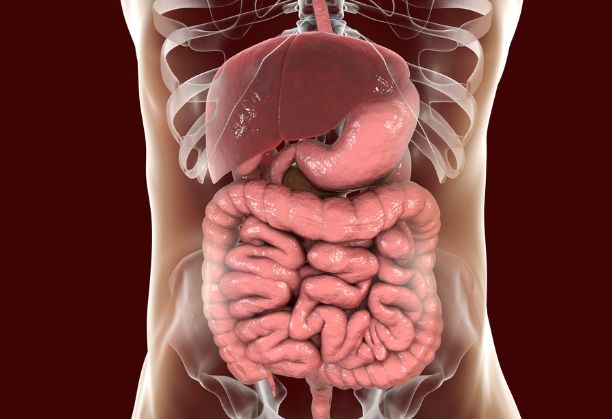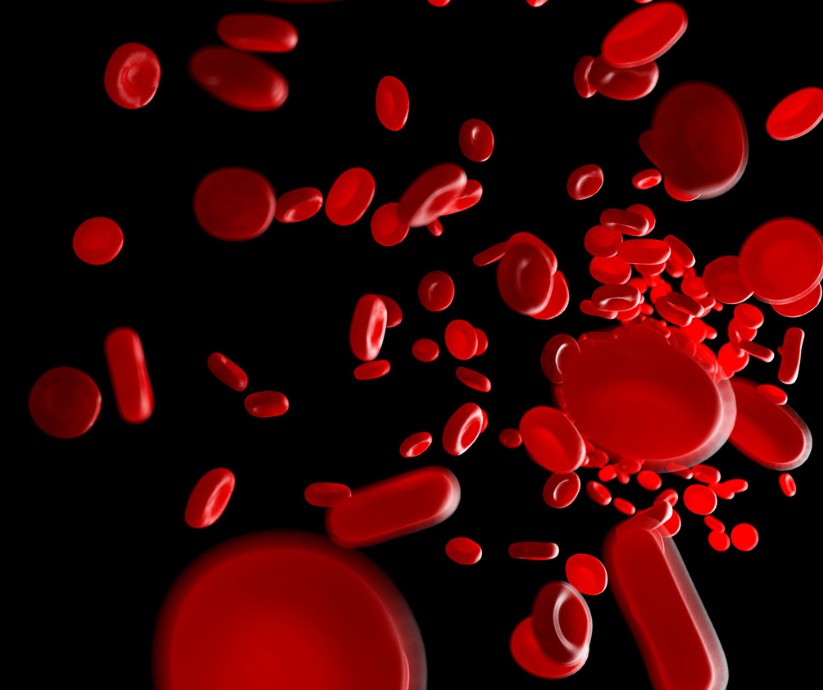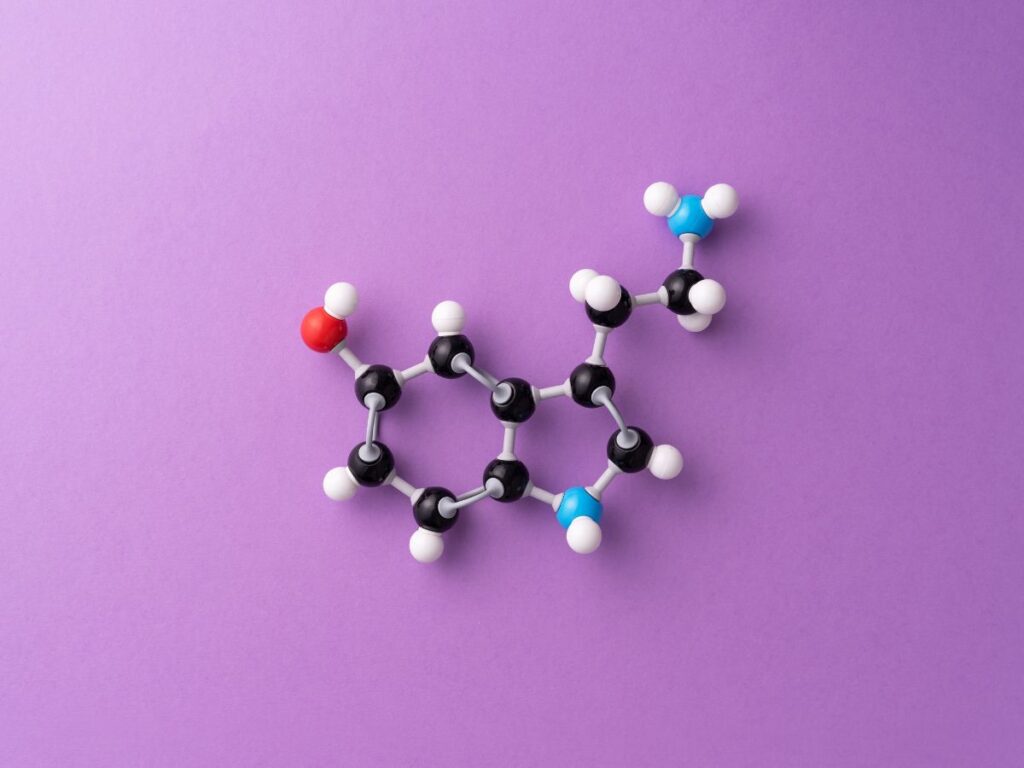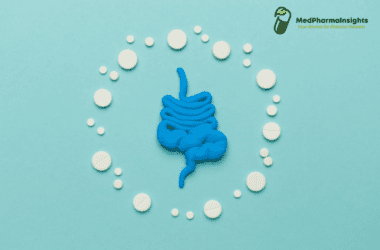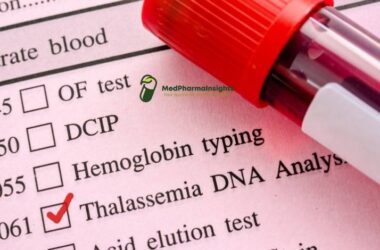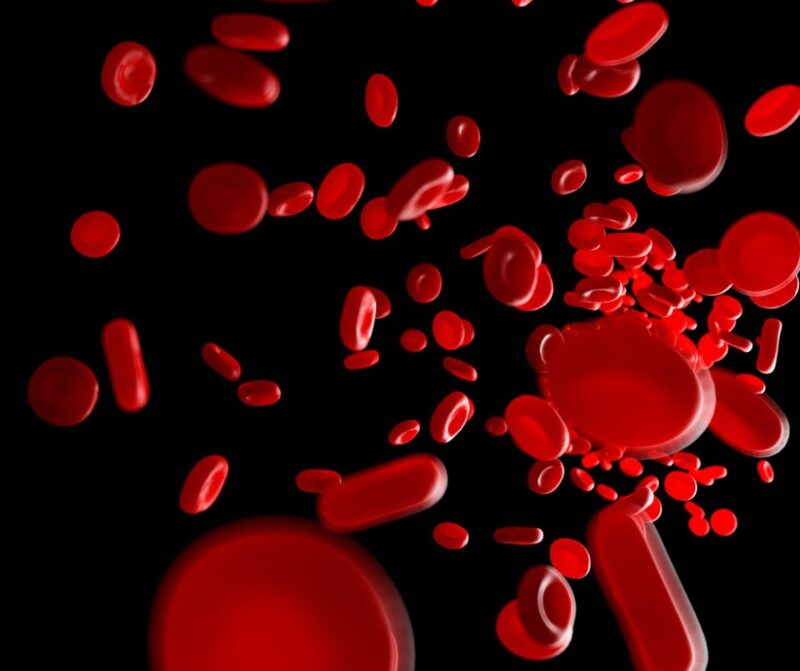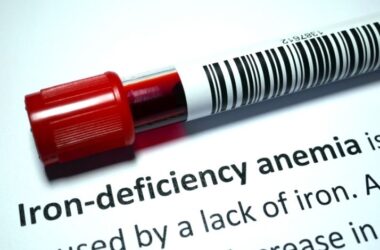Anemia is a condition that arises from multiple distinct illnesses rather than being a single sickness. It is characterized as a decrease from normal in the blood’s hemoglobin content. Adult anemia is defined by the World Health Organization as hemoglobin levels below 13g/dL for men and less than 12g/dL for women. Nonetheless, it appears that some normal people have levels lower than this. The blood’s ability to deliver oxygen is correspondingly reduced by the low hemoglobin content.
Epidemiology
Insufficient iron Anaemia is the most prevalent type of anemia globally, affecting as much as 20% of the global populace. Its high frequency in developing nations is attributed to iron-deficient diets, frequent pregnancies, and parasitic infestations such as hookworm, which causes blood loss. Up to 20% of women who menstruate have been observed to exhibit elevated hemoglobin levels with iron therapy, even in Western societies.
Typical daily requirements of iron
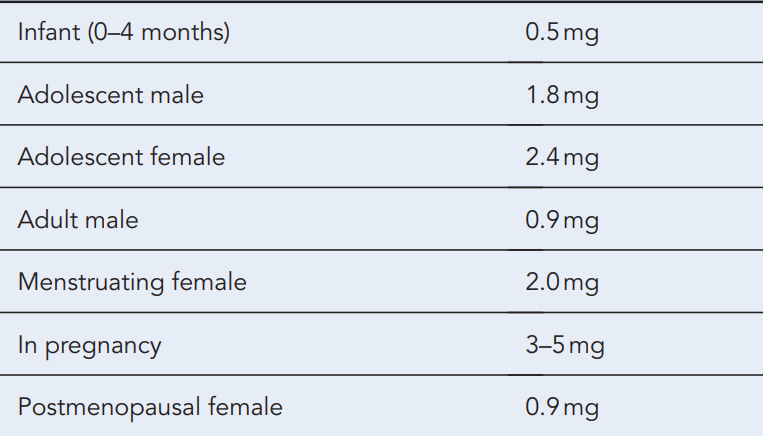

Aetiology
Blood loss is the most frequent cause of iron deficiency in Western countries. Menstrual loss is the most common cause of this in women who are capable of bearing children. Gastrointestinal bleeding is the most probable cause in adult guys. Non-iron deficiency anemia-related blood loss causes include hemorrhoids, nosebleeds, and postpartum hemorrhage. A 100 milliliter blood loss is equivalent to the amount of iron that is typically absorbed over 40 days from a Western diet.
Symptoms
- Pale skin and mucous membranes
- Painless glossitis
- Angular stomatitis
- Koilonychia (spoon shaped nails)
- Dysphagia (due to pharyngeal web)
- Pica (unusual cravings)
- Atrophic gastritis
Investigation
Restoring iron reserves and treating anemia are the goals of treatment. Even though treating iron deficiency anemia is not difficult, it should not be treated carelessly. As much as feasible, the underlying problem must be resolved. Examining the upper and lower tract is crucial since the most prevalent cause of blood loss in males and postmenopausal women is intestinal hemorrhage.
If required, this might need to contain
- Upper gastro-intestinal tract endoscopy,
- Colonoscopy,
- Barium enema and
- Small bowel biopsy.
Treatment
The standard treatment is ferrous sulphate 200mg two to three times a day. It typically takes between 1 and 2 weeks for the haemoglobin level to rise 1 g/dL.
Patients given the newer licensed products, iron dextran (CosmoFer®), iron sucrose (Venofer®), iron III isomaltoside (Monofer®) and ferric carboxymaltose (Ferinject®) should have a test dose, and there should be facilities for cardiopulmonary resuscitation available.
The body weight and iron deficiency are used to determine the dosage for each product. Administration specifics are included in the product information provided by the manufacturer. Certain products can be administered as a whole dosage infusion technique, as a brief intravenous infusion, or as boluse injections (small doses). Adverse responses appear to occur more frequently with the complete dosage infusions.
Another way to administer iron dextran is by deep intramuscular injection. Given that intravenous iron may promote bacterial development, it is not recommended to be administered during acute bacterial infections.
Elemental iron content of common oral preparations
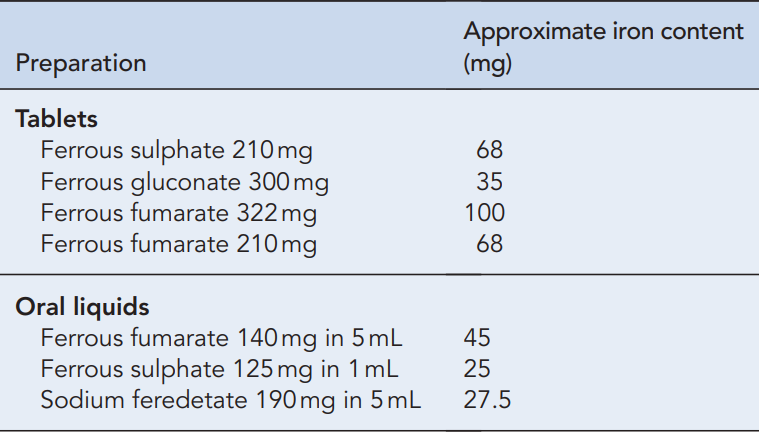

Patient care
Iron supplementation with or after meals is customarily advised for patients, as it is thought to lower the risk of nausea. Patients should be informed that it’s normal for their feces to darken but not to worry. This is crucial for people who have experienced melaena because they can confuse their dark stools for the bleeding and fear that the gastrointestinal tract is still bleeding. It is important to talk about the duration of the treatment, adherence, and the fact that replenishing iron storage requires time.


